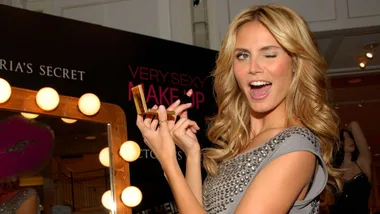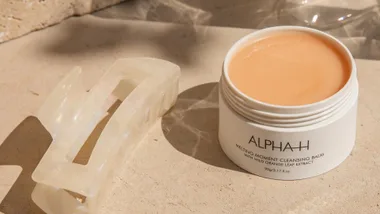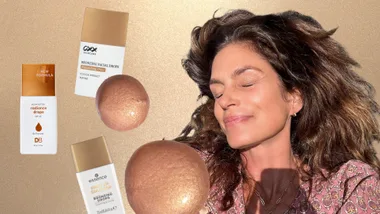Can you ever be too old (or young) for Botox? Apparently not. It’s being embraced by all ages – from teens to women in their 80s – and is becoming the century’s hotshot anti-ageing treatment.
In pictures: have they or haven’t they tried botox?
What is it?
Botulinum Toxin A was first used therapeutically in 1989 to treat eye disorders, such as crossed eyes and uncontrollable eye blinking or twitching. While treating these patients, it was noticed that the vertical frown lines between the eyebrows, known as the glabellar lines, appeared to soften. Doctors then realised that Botox had cosmetic implications and could be used to block the nerves that trigger wrinkle-causing muscle contractions between the brows, creating a smoothed appearance.
Frown lines
All wrinkles are not equal. There are two types. Dynamic wrinkles are formed by the repeated muscle contraction involved in facial movement, such as laughing or frowning, while static wrinkles are formed by the usual ageing process. Dr Bakaric says frown lines are the most popular area to treat with Botox, followed by crow’s-feet.
Bunny lines
Peop;e who repeatedly scrunch their nose, may end up with lines on the side of the nose often called “bunny lines”. These lines can be softened with Botox.
Lower-face treatments
Using Botox on the lower half of the face is less common than treating frown lines. “This area of the face is harder to treat with Botox and, if it’s not done properly, can affect the symmetry of the face, causing it to look like it’s had a stroke,” says Dr Peter Bakaric of The Collagen Face Centre.
“It’s important to know your injector is very experienced, if opting for these newer treatments
Marionette lines
The downturned lines that extend from the corner of the mouth toward the chin are known as marionette lines and tend to give the face a sad look.
The depressor muscles at the corner of the mouth can contribute to the downward slant at the corner of the mouth, but a small dose of Botox can help lift the muscle, allowing the corner of the mouth to go up slightly.
Nefertiti lift
The Nefertiti Lift aims to give more angularity to the jawline and is named after the famed Egyptian Queen Nefertiti, known for her swan-like neck.
This mini lift for the jawline is performed by injecting small amounts of Botox along the jawline and the main muscles of the neck that contribute to the downward pull along the jaw.
A new player – Dysport
New to the market in Australia is another muscle-relaxing cosmetic treatment called Dysport. As with Botox, it works by blocking the nerve impulses to the injected muscles responsible for causing the lines between the eyebrows or the crow’s-feet, allowing these muscles to relax and the overlying wrinkles to soften.
Made in the UK by European pharmaceutical company Ipsen, Dysport is fast gaining popularity, as some doctors say they notice it can last a little longer than Botox, which usually lasts three to four months. Dysport is said to stretch the staying power by perhaps two to three weeks.
Some words of caution
It is important to remember that Botox, while quick, simple and widely accepted in the marketplace, is still a medical procedure, and as such may have side effects or complcations.
“Temporary side-effects can include pain, tenderness, redness, swelling, itching and/or bruising at the site of the injection, headache, temporary eyelid or eyebrow droop, skin tightness, muscle weakness, numbness or tingling, nausea or flu-like symptoms.
“Chest pain, changed heartbeat and allergic reactions have been reported rarely.”
Your say: Have you considered botox? Tell us below…











